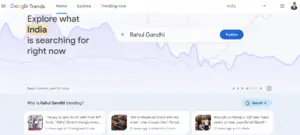Imagine being able to tap into the power of Google to gain valuable insights about your audience and effectively tailor your marketing strategies. With the introduction of “How to Use Google Trends for market research” this dream becomes a reality. This innovative product provides users with a step-by-step guide on maximizing the potential of Google Trends, empowering them to make data-driven decisions and stay ahead of the competition. Say goodbye to guesswork and hello to a future where you can harness the power of Google to unlock unparalleled success.
Learn more trending topics:
- 8 Free AI Tools To Boost Your Daily Productivity
- 10 Must-Have AI Tools For Your Business Uses
- 10 Top AI Tools For Developers
Understanding Google Trends for Market Research
What is Google Trends?
Google Trends is a powerful tool provided by Google that allows users to explore and analyze the popularity of specific search terms over time. It provides valuable insights into the interests and preferences of users, helping businesses and individuals make informed decisions about their content and marketing strategies.
Why is Google Trends useful?
Google Trends offers a wealth of information that can be incredibly useful for various purposes. Whether you’re an entrepreneur, marketer, journalist, or simply someone curious about internet trends, Google Trends can provide valuable insights. By understanding search trends, you can tailor your content, target the right audience, and stay ahead of the curve in your industry.
How does Google Trends work?
Google Trends works by analyzing the billions of searches that occur on Google every day. It aggregates this data and provides users with the ability to explore and compare search interests over time, across different regions, and for various topics or keywords. The data is anonymized and normalized to provide a general overview of search trends.
Getting Started with Google Trends
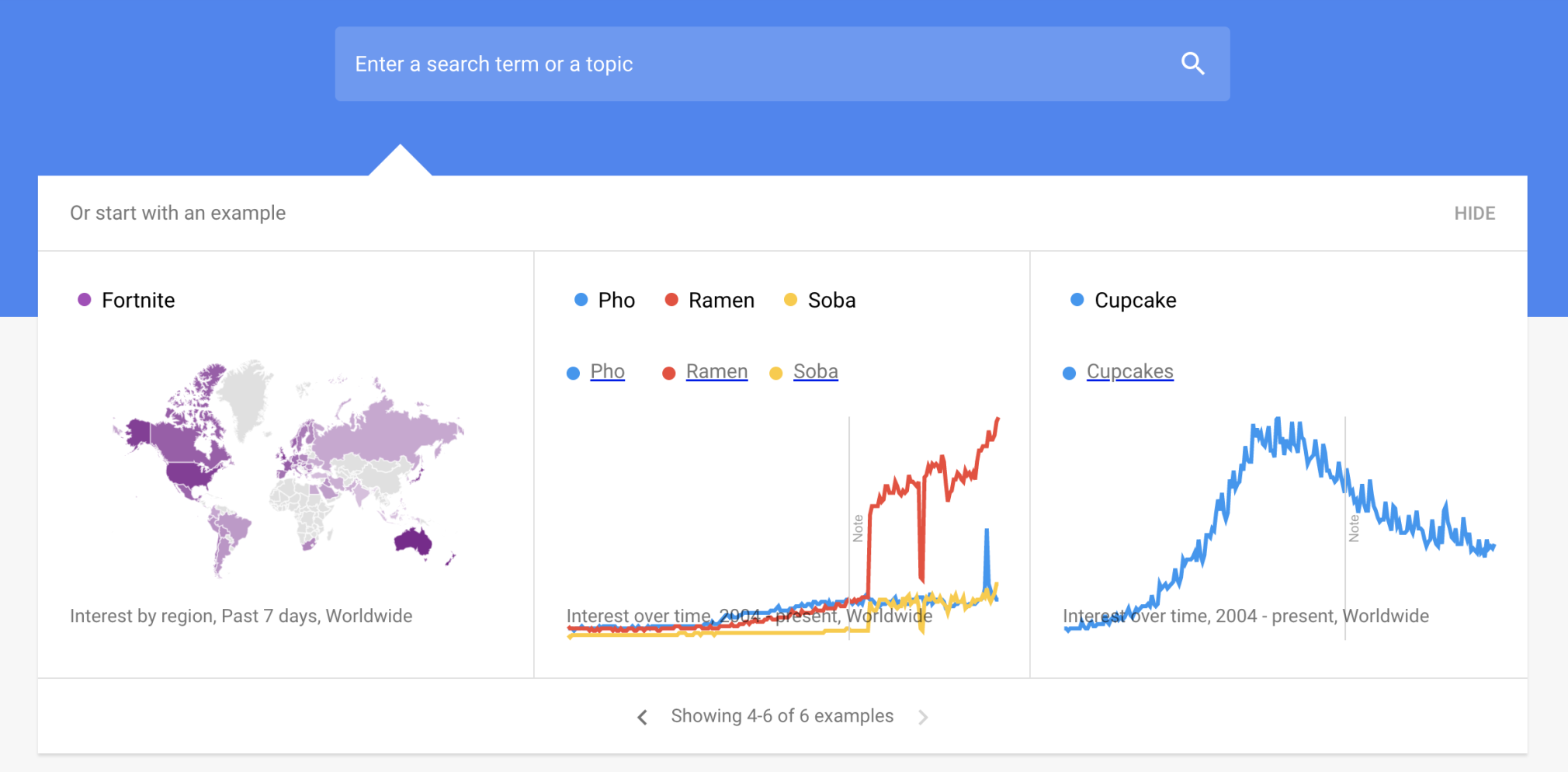
Creating a Google account
To access Google Trends, you first need to create a Google account if you don’t already have one. Creating an account is simple and free. Go to the Google account creation page and follow the instructions to set up your account. Once you have a Google account, you can use it to sign in to Google Trends and take advantage of its features.
Accessing Google Trends
To access Google Trends, open a web browser and go to google.com/trends. If you’re not already signed in to your Google account, you’ll be prompted to do so. Once signed in, you’ll have full access to Google Trends and all its features.
Navigating the Google Trends homepage
When you first access Google Trends, you’ll be greeted with the homepage, which provides an overview of the current trending topics and searches. The homepage consists of various sections, including “Trending Searches,” “Explore what the world is searching,” and “Explore topics.” You can scroll through these sections to get a sense of what people are currently searching for and what topics are gaining popularity.
Exploring Trending Topics
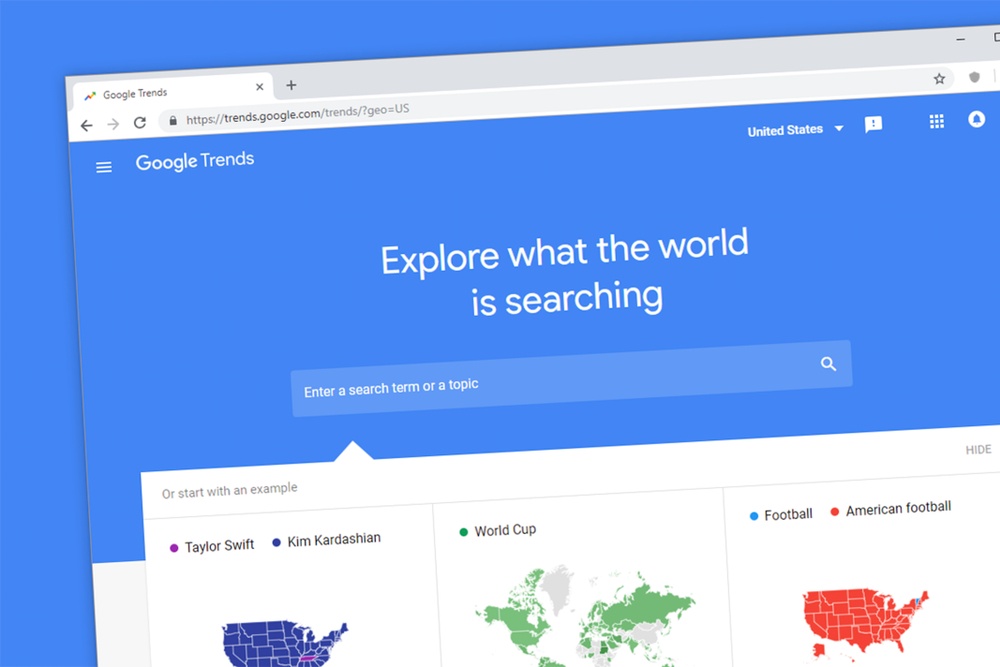
Viewing current trending searches
On the Google Trends homepage, you’ll find a section called “Trending Searches.” This section displays the top trending search queries at that moment. It gives you a real-time glimpse into the interests and concerns of people worldwide. By clicking on a particular trending search, you can explore more information about it, such as related topics, search interest over time, and regional interest.
Searching for specific topics
If you’re interested in exploring a specific topic, you can use the search bar at the top of the Google Trends homepage. Simply type in the keyword or topic you want to explore, and Google Trends will generate a report based on the search interest over time for that specific term. This feature is particularly useful if you want to analyze the popularity of a particular subject or track its trending status over time.
Exploring trending topics by category
In addition to searching for specific topics, you can also explore trending topics by category. On the Google Trends homepage, you’ll find a section called “Explore topics” that lists different categories, such as “Business,” “Sports,” “Entertainment,” and more. By clicking on a particular category, you can see the top trending topics within that category. This allows you to stay updated on the latest trends in various industries and areas of interest.
Analyzing Search Terms

Using the search bar
The search bar in Google Trends is a powerful tool for analyzing search terms. Enter a specific keyword or phrase into the search bar, and Google Trends will provide you with valuable information about the search interest over time for that term. You can compare multiple search terms, filter the data, and even refine your search to specific regions or timeframes.
Filtering search results
Google Trends allows you to filter search results to get more precise and targeted data. By clicking on the filters located just below the search bar, you can refine your search by time range, location, category, and type of search (web search, image search, news search, etc.). This filtering capability enables you to analyze search trends specific to your target audience or industry, providing insights that are most relevant to your needs.
Viewing search interest over time
One of the key features of Google Trends is its ability to provide a visual representation of search interest over time. When you perform a search for a specific term, Google Trends generates a graph that showcases the popularity of that term over a specified period. This graph allows you to identify patterns and trends in search interest, helping you understand when a topic is trending or declining in popularity. You can also compare the search interest of multiple terms to analyze their relative popularity.
Comparing Search Terms
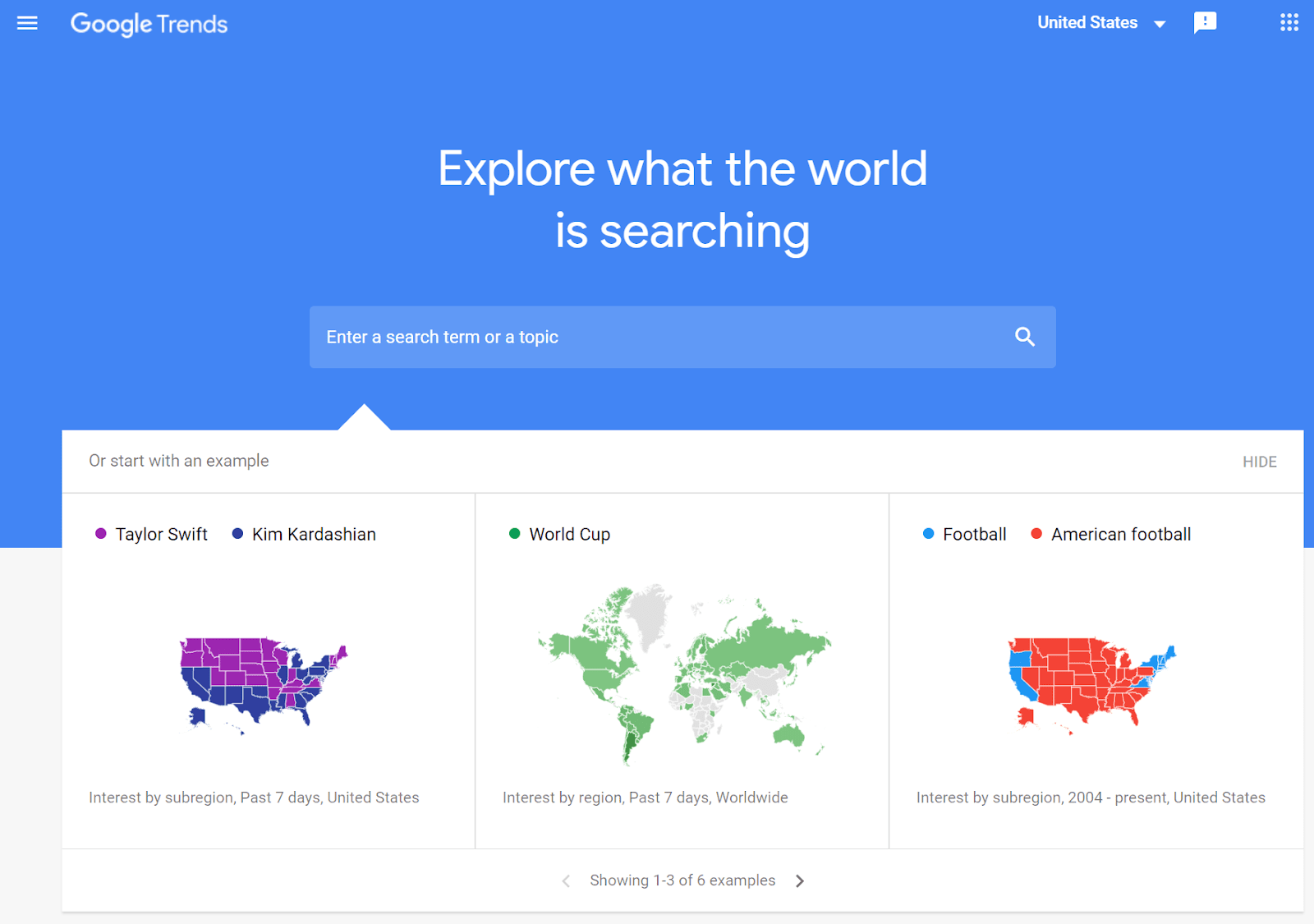
Comparing multiple search terms
Google Trends allows you to compare the search interest of multiple terms, giving you valuable insights into their relative popularity. By entering multiple keywords or phrases into the search bar, separated by commas, you can see how their search interest compares over time. This feature is particularly useful for businesses or marketers who want to evaluate which keywords or topics are most popular among their target audience.
Viewing relative search interest
When comparing search terms, Google Trends provides a relative search interest score. This score ranges from 0 to 100 and represents the search interest for each term relative to the highest point on the graph. By analyzing the relative search interest, you can identify which terms are generating the most interest and focus your efforts accordingly. This allows you to prioritize your content creation or marketing strategies based on the topics or keywords with the highest search interest.
Analyzing search trends by location
Google Trends also allows you to analyze search trends for specific locations. By clicking on the “Add comparison” button next to the search bar, you can add a location to compare search interests between different regions. This feature is particularly useful for businesses that operate in multiple locations or target specific geographical markets. It helps you understand regional preferences and adapt your strategies accordingly.
Understanding Regional Interest
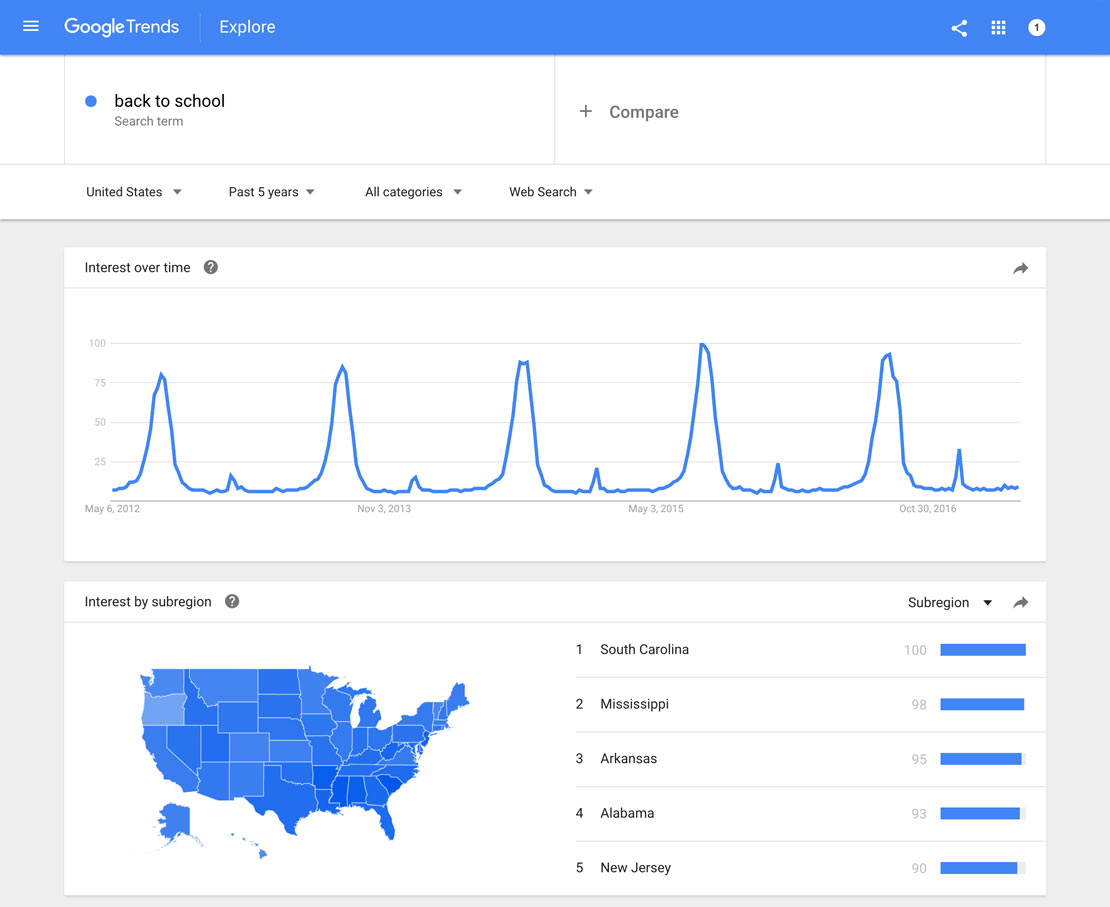
Viewing regional interest for a search term
Google Trends provides valuable insights into regional search interest for a specific term. When you perform a search, you can scroll down below the graph to find a section titled “Regional Interest.” This section displays a map with color-coded regions, indicating the relative search interest for the term in each location. By hovering over a specific region, you can see the search interest score and compare it to other regions.
Exploring regional interest by subregion
In addition to viewing the overall regional interest, Google Trends allows you to explore search interests at a more granular level. By clicking on a specific region in the map, you can drill down and view the search interest for that term in subregions within that location. This feature is particularly useful for businesses that want to understand search preferences on a city or state level, enabling them to localize their marketing efforts and tailor their content accordingly.
Comparing regional interest between locations
Google Trends also enables you to compare regional search interests between different locations. By adding multiple locations to your search, you can see how search interest varies across different regions. This information is valuable for businesses that want to identify regional trends, target specific markets, or evaluate the potential demand for a product or service in different locations.
Discovering Related Topics and Queries
Viewing related topics
When exploring a specific search term in Google Trends, you’ll find a section titled “Related Topics” below the graph. This section displays other topics that are closely related to the one you searched for. By clicking on a related topic, you can delve deeper into its search interest and uncover additional insights. This feature is particularly useful for content creators or marketers who want to understand the broader context and related interests surrounding a particular topic.
Exploring related queries
In addition to related topics, Google Trends also provides a section called “Related Queries.” This section showcases the top search queries that are related to the term you searched for. By analyzing these related queries, you can gain a deeper understanding of the specific questions, concerns, or information people are seeking on a particular topic. This knowledge can guide your content creation or marketing strategies to address the needs of your target audience effectively.
Using related data for content ideas
The related topics and queries offered by Google Trends can serve as a valuable source of inspiration for content creation. By analyzing the search interests and queries of your target audience, you can identify gaps in the market or areas where additional information is needed. This can help you generate ideas for blog posts, articles, videos, or any other content format that addresses the specific needs and interests of your audience.
Using Google Trends for Market Research
Identifying market trends
Google Trends is an invaluable tool for conducting market research. By analyzing search interest for specific products, services, or industry trends, you can gain insights into the overall demand and popularity of a market segment. This information can guide your business decisions, helping you identify emerging trends, assess the potential size of a market, or evaluate the competition within a specific industry.
Analyzing customer interests
Understanding customer interests is vital for businesses to effectively target their audience and tailor their marketing strategies. Google Trends provides valuable insights into the search interests of your target customers. By analyzing search trends related to your industry or products, you can gain a deeper understanding of the specific topics, questions, or concerns your potential customers are exploring. This knowledge allows you to create content or marketing campaigns that address these interests and establish a connection with your audience.
Tracking competitor performance
Google Trends can also be used to track the performance of your competitors. By analyzing the search interest for your competitor’s brand or products, you can gain insights into their popularity and market presence. This information can help you assess their impact on your industry and identify opportunities to differentiate yourself. Additionally, tracking the search interest for your own brand can provide valuable feedback on the effectiveness of your marketing efforts and help you gauge brand awareness.
Leveraging Google Trends for SEO
Finding popular keywords
One of the most powerful applications of Google Trends for SEO is its ability to help you find popular keywords. By analyzing the search interest for different keywords or phrases, you can identify the most popular ones within your industry or niche. This knowledge allows you to optimize your website, blog, or online content with the keywords that generate the most search interest, increasing your chances of ranking higher in search engine results.
Analyzing keyword trends
In addition to finding popular keywords, Google Trends enables you to analyze keyword trends over time. By viewing the search interest for specific keywords or phrases, you can identify if their popularity is growing, declining, or remaining steady. This information is valuable for SEO purposes as it helps you identify emerging trends or shifts in user behavior. By staying updated on keyword trends, you can adapt your content and SEO strategies to align with the changing interests and preferences of your target audience.
Optimizing content with trending keywords
Once you’ve identified popular keywords and analyzed their trends, you can optimize your content accordingly. By strategically incorporating these keywords into your website, blog, or online content, you can increase your chances of ranking higher in search engine results. However, it’s important to remember that keywords should be used naturally and in a way that provides value to your audience. Simply stuffing keywords into your content without considering its quality or relevance can harm your SEO efforts and user experience.
Utilizing Google Trends in Content Creation
Identifying trending topics in your industry
Google Trends is a treasure trove of information when it comes to identifying trending topics in your industry. By exploring search interest for different keywords or topics related to your niche, you can uncover emerging trends, popular discussions, or areas of interest that are capturing the attention of your target audience. This knowledge allows you to create content that is timely, relevant, and aligned with the interests and preferences of your audience.
Creating content based on search demand
By analyzing search interests and identifying popular keywords or topics, you can create content that meets the demand of your target audience. Use the insights provided by Google Trends to craft blog posts, articles, videos, or any other content format that addresses the specific questions, concerns, or interests people are searching for. By providing valuable and timely content, you can attract more visitors, build credibility, and establish yourself as an authority in your industry.
Tailoring content for specific regions
Google Trends allows you to analyze search interest by region, making it a valuable tool for tailoring your content to specific regions or markets. By understanding the search preferences and interests of different regions, you can create localized content that resonates with your target audience. Whether it’s adapting your language, including regional references, or addressing specific concerns, tailoring your content to specific regions helps you establish a stronger connection with your audience and increases the likelihood of engagement and conversions.
Conclusion: to use google trends for market research
Google Trends is a powerful tool that can provide valuable insights into search trends, regional preferences, and emerging topics. Whether you’re an entrepreneur, marketer, or content creator, leveraging the data and features offered by Google Trends can help you make informed decisions, target the right audience, and stay ahead of the competition. By understanding the popularity and interest in specific search terms, you can optimize your content, marketing strategies, and overall digital presence to drive success in your industry. So why wait? Start exploring Google Trends today and unlock the key to understanding online trends and user behavior.
FAQ: To Use Google Trends for Market Research
How do I use Google Trends to identify trends?
Enter keywords to see search interest over time and related queries.
How can Google Trends help marketing?
Offers insights into popular search queries, and aids content strategy.
How do I identify market needs in Google Trends?
Analyze rising search queries for emerging demands.
How do companies use Google Trends?
Inform product strategies, and tailor marketing campaigns.
